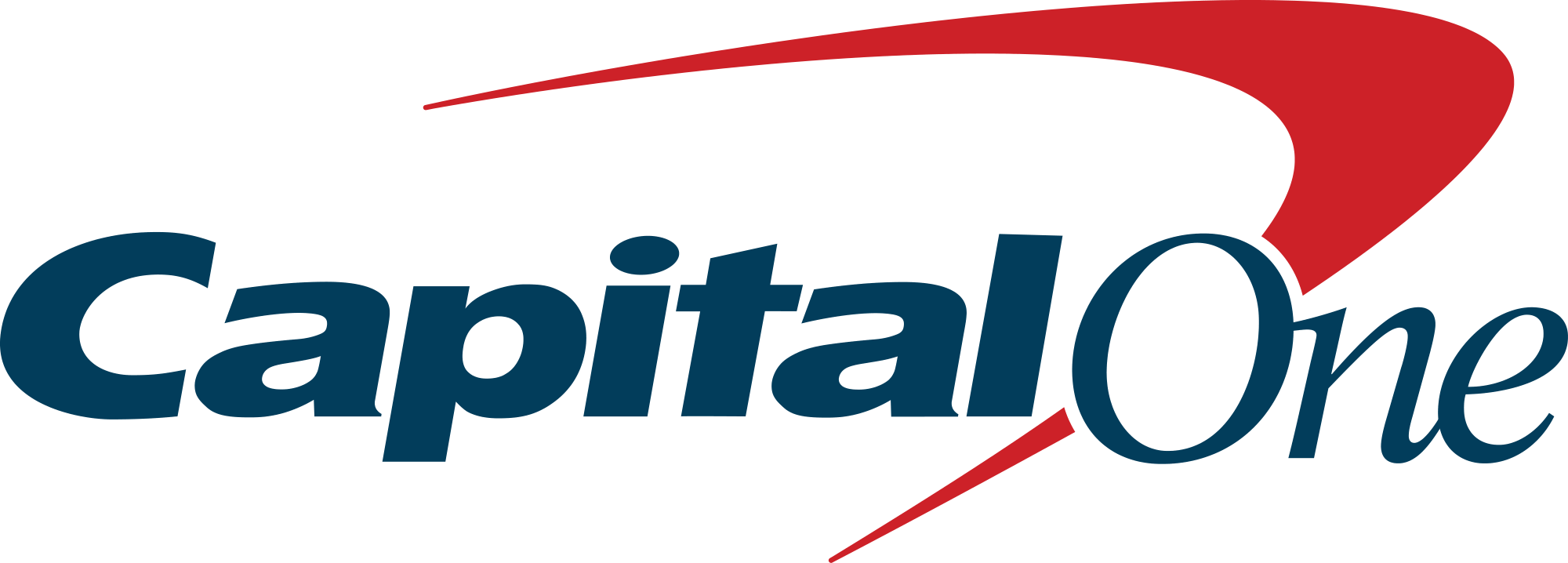Master Your Money: How Google Sheets Can Help You Build the Perfect Budget
KEY POINTS
- Google Sheets offers premade templates that are ready to use.
- You can build a budget from scratch.
- It's free and integrates with most bank accounts.
Budgeting doesn't have to be complicated -- or expensive. With Google Sheets, you have a powerful, free tool to track your income, manage expenses, and work toward your financial goals. Whether you're saving for a big purchase, paying off debt, or simply trying to live within your means, Google Sheets can help you get there.
Whether you want to use one of Google Sheets' existing templates or build your own budget from scratch, here's how to level up your finances.
Why Google Sheets is an excellent budgeting tool
Google Sheets stands out as a budgeting tool because it's versatile and free to use. Unlike most budgeting apps, Google Sheets gives you the flexibility to customize every detail of your budget. You can tailor categories, add formulas, and even create visual charts to track your progress.
Just like other major budgeting apps, you can access your Google Sheets budget on your laptop, phone, or tablet from anywhere, and updates are saved automatically. If you're sharing financial responsibilities with a spouse or partner, you can give them access to your sheet, ensuring that you're both on the same page.
Our Picks for the Best High-Yield Savings Accounts of 2025
| Product | APY | Min. to Earn | |
 American Express® High Yield Savings Member FDIC. APY 3.80% Rate info 3.80% annual percentage yield as of January 31, 2025. Terms apply. Min. to earn $0 Open Account for American Express® High Yield Savings On American Express's Secure Website. | 3.80% Rate info 3.80% annual percentage yield as of January 31, 2025. Terms apply. | $0 | Open Account for American Express® High Yield Savings On American Express's Secure Website. |
 Capital One 360 Performance Savings Member FDIC. APY 3.80% Rate info See Capital One website for most up-to-date rates. Advertised Annual Percentage Yield (APY) is variable and accurate as of Dec. 6, 2024. Rates are subject to change at any time before or after account opening. Min. to earn $0 Open Account for Capital One 360 Performance Savings On Capital One's Secure Website. | 3.80% Rate info See Capital One website for most up-to-date rates. Advertised Annual Percentage Yield (APY) is variable and accurate as of Dec. 6, 2024. Rates are subject to change at any time before or after account opening. | $0 | Open Account for Capital One 360 Performance Savings On Capital One's Secure Website. |
 Western Alliance Bank High-Yield Savings Premier Member FDIC. APY 4.30% Rate info The annual percentage yield (APY) is accurate as of Jan. 24, 2025, and subject to change at the Bank's discretion. Refer to product’s website for latest APY rate. Minimum deposit required to open an account is $500 and a minimum balance of $0.01 is required to earn the advertised APY. Min. to earn $500 to open, $0.01 for max APY Open Account for Western Alliance Bank High-Yield Savings Premier On Western Alliance Bank's Secure Website. | 4.30% Rate info The annual percentage yield (APY) is accurate as of Jan. 24, 2025, and subject to change at the Bank's discretion. Refer to product’s website for latest APY rate. Minimum deposit required to open an account is $500 and a minimum balance of $0.01 is required to earn the advertised APY. | $500 to open, $0.01 for max APY | Open Account for Western Alliance Bank High-Yield Savings Premier On Western Alliance Bank's Secure Website. |
The best budgeting templates in Google Sheets
Google Sheets templates provide a quick and easy way to build your budget. One of the most popular options is the Monthly Budget template, which you can find directly in the Google Sheets Template Gallery. This template is perfect for beginners, with formulas already in place, prebuilt categories for income and expenses, as well as a summary section that shows whether you're on track or over budget. It's simple, intuitive, and gets the job done.
For those who want to plan further ahead, the Annual Budget template is an excellent choice. It provides a bird's-eye view of your finances for the entire year, breaking your income and spending into monthly segments. This template is particularly helpful for long-term planning, like saving for a down payment or setting aside money for annual expenses such as insurance premiums or holiday shopping.
If you're focused on understanding the details of your spending habits, consider using an Expense Tracker template. This type of sheet lets you log individual transactions, organize them by category, and analyze patterns over time. It's especially useful for identifying areas where you might be overspending and for creating actionable plans to cut back.
Finally, for savers, a Savings Goal Tracker template can help you visualize your progress toward a financial goal, like building an emergency fund or saving for a vacation. These templates often include graphs or progress bars, which are great for staying motivated.

Image source: Screenshot provided by Jake Fitzgerald
Customizing templates for your needs
One of the best features of Google Sheets templates is how easily they can be customized. Start by adjusting the categories to reflect your spending habits. For example, you might add categories like "Childcare," "Streaming Services," or "Fitness" if those are major parts of your budget.
Next, you can modify the built-in formulas to calculate totals or balances based on your specific needs. If you're familiar with Google Sheets' tools, you can also add conditional formatting to highlight areas where spending exceeds your budget. This visual cue makes it easy to see where you need to cut back.
How to build your own budget in Google Sheets
If you want to be more hands-on, you can take complete control over your Google Sheets budget and build one from scratch -- it's easier than you might think. Start by opening a blank sheet and creating column headers such as "Date," "Description," "Category," "Amount," and "Remaining Budget." This basic structure will serve as the foundation for your budget.
You can use simple formulas to automate calculations. For example, the =SUM function can add up all your income or expenses, while subtraction formulas can help you track how much money you have left in each category.
To make your budget visually appealing and easier to use, consider adding charts or graphs. With these features, your budget becomes more than just numbers -- it becomes a tool for visualizing your financial health.
Why your bank account matters
Even the most well-designed budget can only go so far if your bank account isn't working for you. Traditional accounts often come with hidden fees or low APYs. Switching to a fee-free checking account and high-yield savings account can make managing your money much easier and more efficient.
Some online banks even integrate seamlessly with tools like Google Sheets. Pairing the right bank account with your budget can amplify your financial progress and help you reach your goals faster.
Ready to upgrade your bank account? Click here to see a list of our favorite high-yield savings accounts where you can earn more than nine times the national average interest rate.
Don't keep putting it off
Google Sheets is a versatile and powerful tool for creating a budget, whether you're using a premade template or building your own. By pairing Google Sheets with a high-yield, fee-free bank account, you'll be equipped to take control of your money and work toward financial freedom.
Ready to start budgeting? Open Google Sheets, pick a template, and take the first step toward achieving your financial goals today.
免责声明:投资有风险,本文并非投资建议,以上内容不应被视为任何金融产品的购买或出售要约、建议或邀请,作者或其他用户的任何相关讨论、评论或帖子也不应被视为此类内容。本文仅供一般参考,不考虑您的个人投资目标、财务状况或需求。TTM对信息的准确性和完整性不承担任何责任或保证,投资者应自行研究并在投资前寻求专业建议。
热议股票
- 1
- 2
- 3
- 4
- 5
- 6
- 7
- 8
- 9
- 10